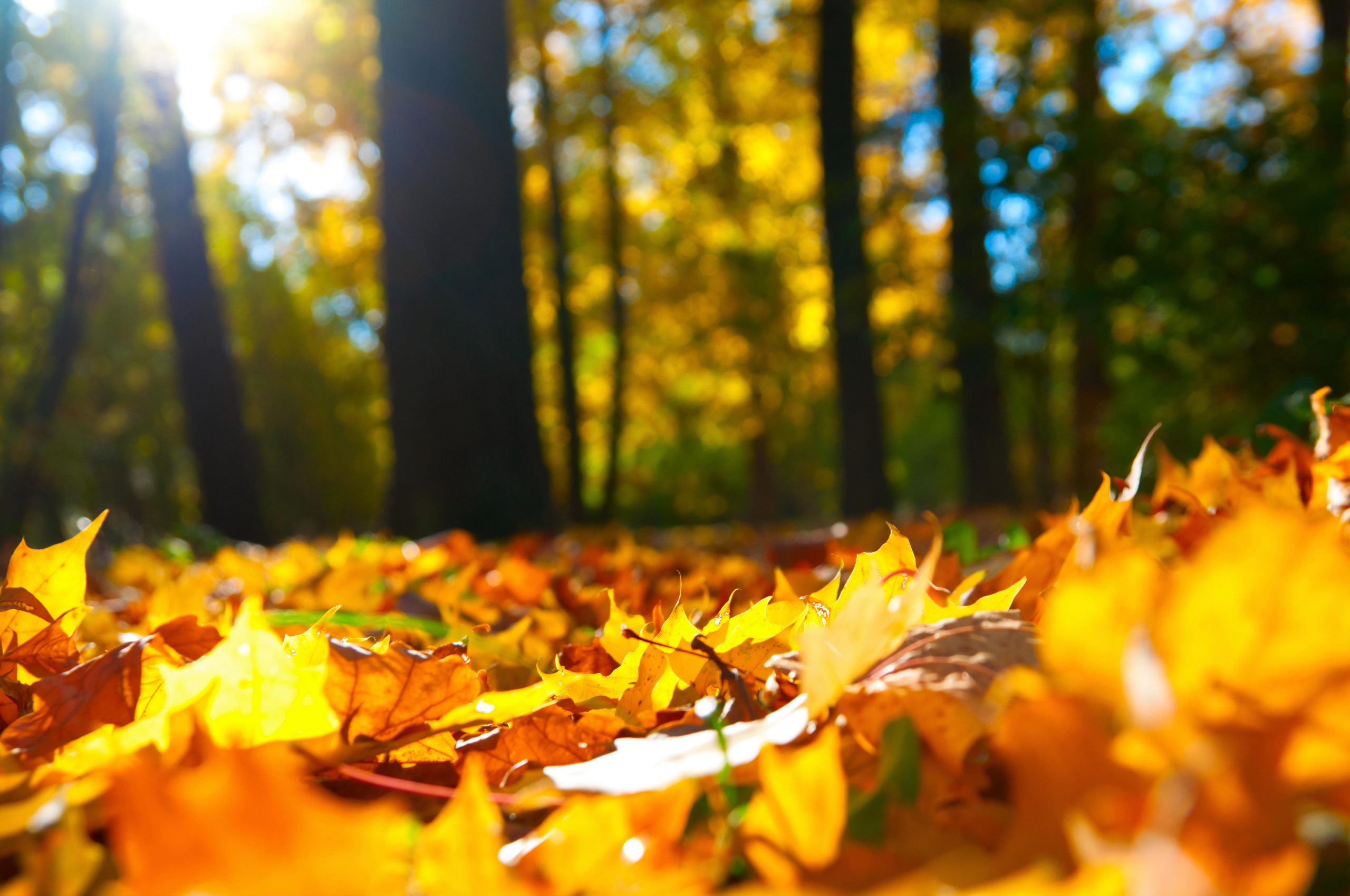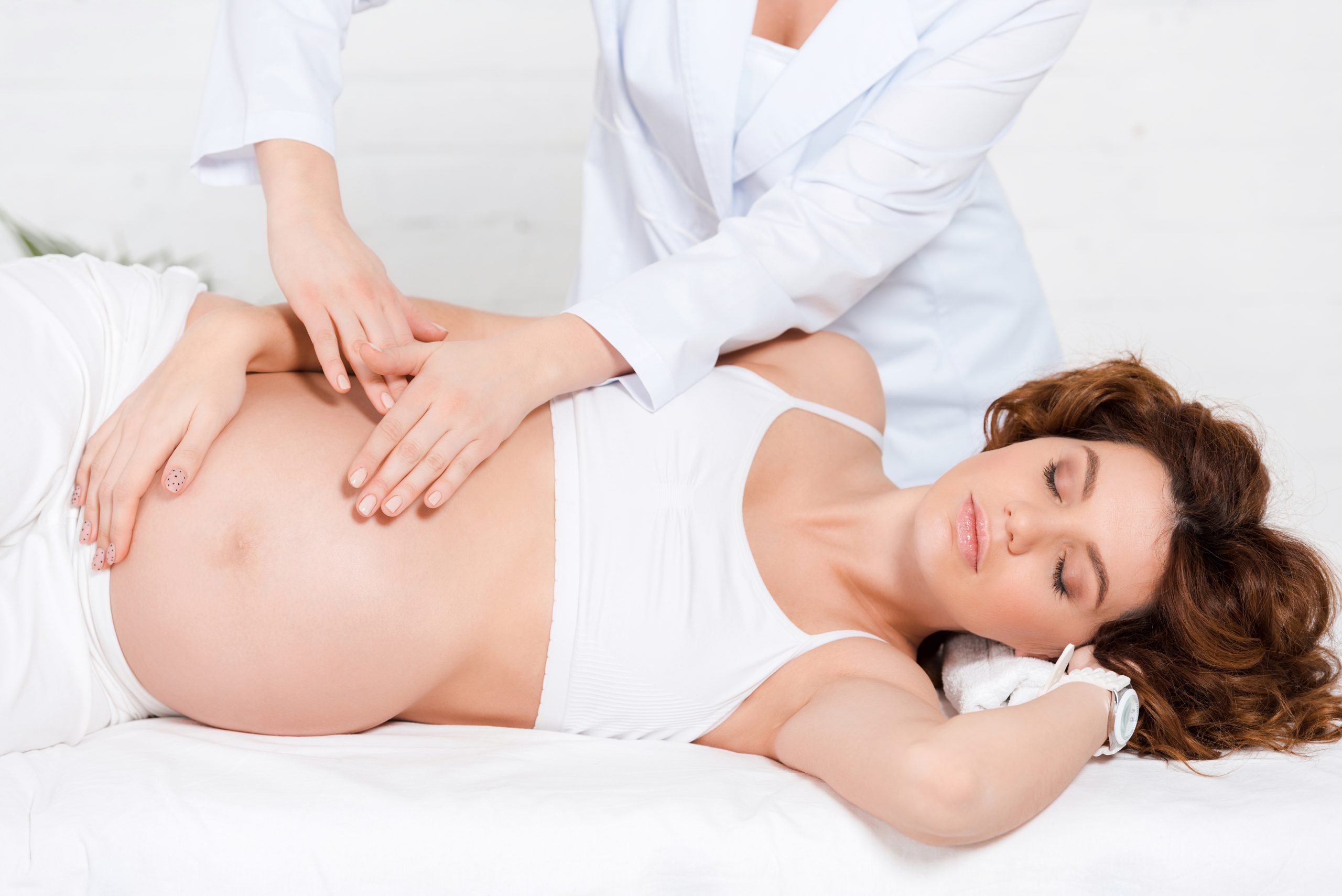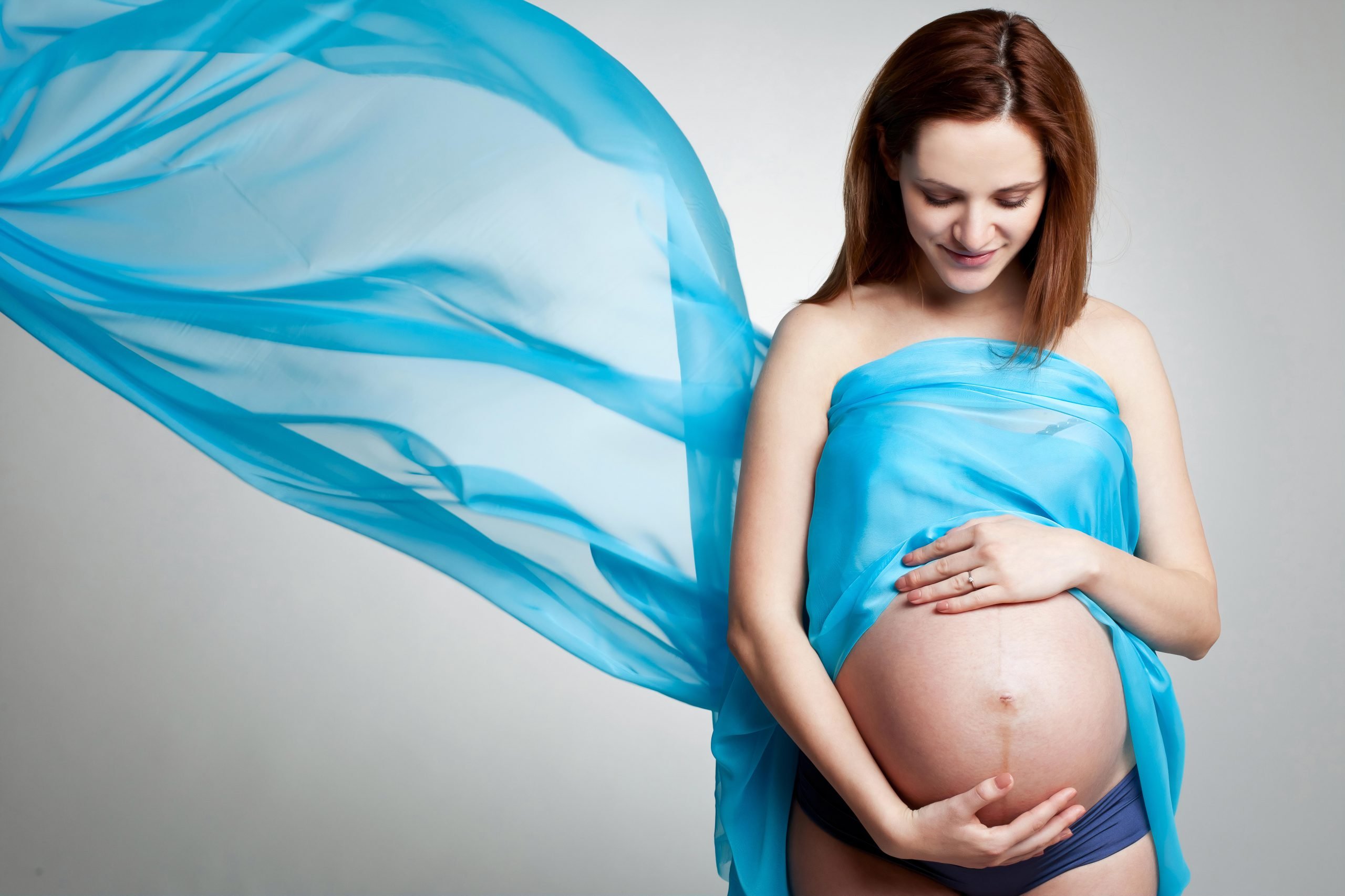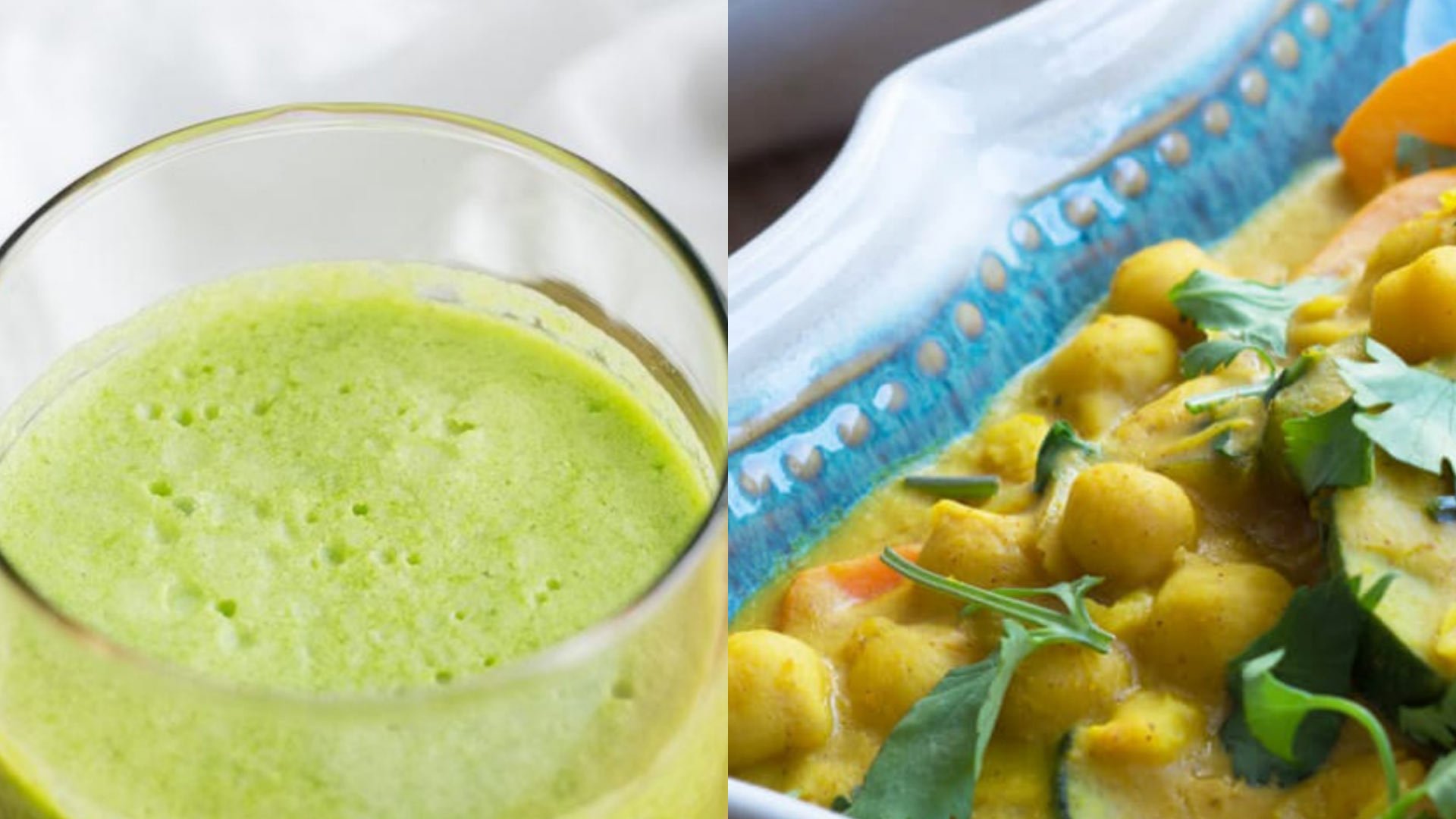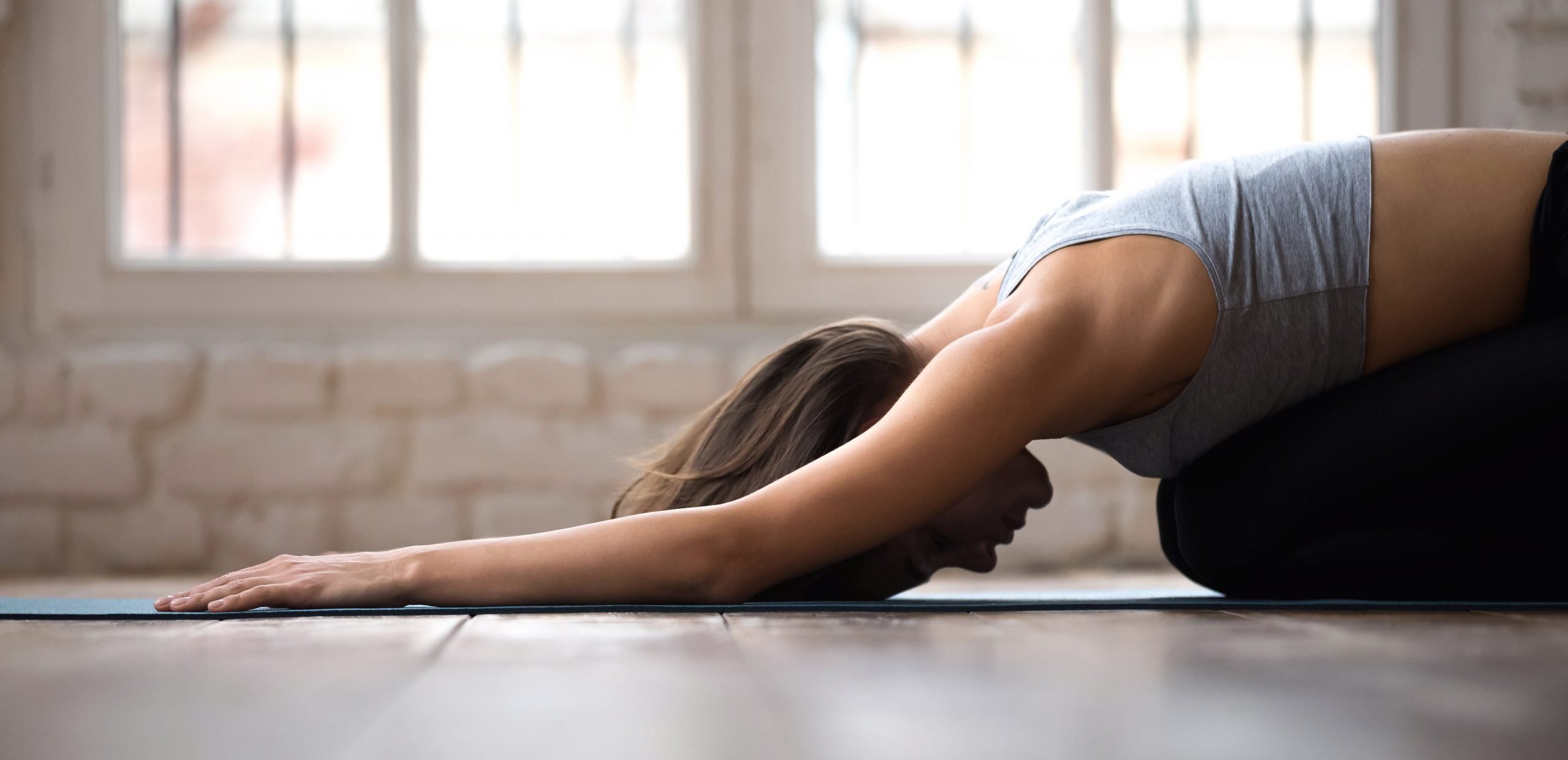|
|
WHAT IS HEAD LICE?
The head louse is a wingless parasitic insect that lives and breeds on your head. Head lice (plural of louse) feed by biting the scalp and drawing an extremely small amount of blood as its source of nourishment. Head lice are crawling insects and cannot jump, hop or fly.
Nits are the small yellow-white, oval shaped eggs that are found “glued” at the base of the hair shaft. They are approximately the size of a sesame seed. You cannot “catch” nits – they are only laid by LIVE lice. Once laid, a nit takes approximately 7 to 10 days to hatch and another 7 to 10 days for the female lice to begin laying their own eggs. The average life span of the louse is approximately 30 days and the female lice can lay up to 100 eggs in their life span.
WHO CAN GET HEAD LICE
Anyone can get head lice. Head lice is easily spread by physical head-to-head contact with another person that has head lice. It can also be spread by:
- sharing headwear such as hats, baseball caps and toques
- laying on a pillow or area that was used by another person that has head lice
Remember, head lice are wingless and cannot fly, jump or hop.
HOW DO I KNOW IF I HAVE HEAD LICE?
Though head lice can be very small, they can easily be seen with the naked eye through close examination of the affected persons scalp. You may see one or typically all of the following:
Lice Nits
- These are the eggs that look like small oval shaped sacks which are attached to the hair shaft close to the scalp.
- Nits are held on tightly to the hair shaft and cannot be removed by simply brushing them off.
- Nits hatch within 1 to 2 weeks after they are laid by the adult lice.
Lice (Adult and Nymph)
- The adult louse is generally the size of a sesame seed.
- Nymph lice are baby lice which become adult lice typically 6 to 8 days after hatching.
- Lice feed off of blood from the scalp every few hours.
- Lice can survive for up to 3 days without feeding.
Symptoms
- Scratching
- Skin rash
- Sores
IS HEAD LICE CONTAGIOUS?
Head lice is highly contagious and should be handled with care and precaution. If you or your child has head lice, the situation should not be taken lightly and you should take care of the situation immediately.
Head lice can easily and quickly spread from person to person through direct contact with another infected person or through direct contact with a surface which has been contaminated by someone with head lice. Remember that head lice cannot jump or fly!
NATURAL HEAD LICE TREATMENTS
Fine Toothed Combs
This is the first and best line of defense against head lice. The tiny eggs (nits) attach to the hair shaft, so it may be easier to comb toward the scalp rather than away from it in order to dislodge and then remove them. Remember that lice cannot jump or fly, but they can fall onto surfaces during combing, so take care not to accidentally transmit them onto furniture and clothes when combing head lice out of hair.
Pyrethrins
Pyrethrins are insecticidal compounds found in chrysanthemums and related flowers. Lice treatments containing pyrethrins (e.g. permethrin) are very potent, but less readily absorbed through the skin than lindane. As is true of other pesticides, pyrethrins should be handled with care.
Oils
Oils coat the exoskeleton or ‘skin’ of adult head lice, basically keeping them from getting oxygen and ultimately suffocating them. A study conducted by the Harvard School of Public Health found that lice that were submerged in olive oil for two hours died. However, head lice that were submerged for only one hour recovered.
Vegetable oils or a combination of vegetable oil with essential oils may be applied to the head (after thorough combing to remove nits) to thoroughly saturate the hair and coat the head lice. Then the head may be covered with a shower cap or towel. After a minimum of two hours, the oil can be washed out (probably required 2 or 3 washes). Next, examine the hair for eggs and remove any that are seen.
The process may be repeated every four days to kill emerging lice before they mature and can lay new eggs.
For highly resistant head lice, essential oils can be added to contribute to the efficacy of the vegetable oil, but a skin test should be preformed beforehand to see for sensitivities to the essential oils itself. To do a skin test, apply a drop of oil to the inside of the elbow and check the area for irritations after several intervals of one hour. If any signs of irritation are seen, do not add essential oils into the vegetable oil hair mixture. if irritation occurs during a treatment, shampoo the mixture out immediately.
HERE IS A QUICK RECIPE FOR A NATURAL HEAD LICE TREATMENT:
- 2 ounces vegetable oil (e.g. olive oil)
- 20 drops tea tree oil essential oil
- 10 drops rosemary essential oil
- 10 drops lavendar essential oil
- 10 drops lemon essential oil (may be found in spice section of grocery store)
To use, combine the ingredients and perfom a skin test as described earlier. If no sensitivity is experienced, apply the mixture to dry hair. Cover hair with a shower cap or even a plastic bag and leave the mixture on for 1 to 2 hours. Shampoo the hair 2 to 3 times to remove oil from scalp and hair.
How Do I Prevent Reinfections?
- Ensure thorough and proper cleaning of hair and scalp during bath or shower. Use your fingertips to scrub (do not scratch your scalp using your fingernails) the scalp and the base of the hair shafts.
- Wash all bedding and clothing thoroughly in the washer and dry them in a hot clothes dryer for a minimum of 20 to 30 minutes.
- All hair instruments like combs, brushes, picks and curlers should be soaked in boiling hot water for a minimum of 20 to 30 minutes to kill off and disinfect them. Items that cannot be boiled should be isolated in air tight sealed bags (e.g. ZipLock bags) for a minimum of 2 weeks to ensure that all nits and lice are dead.
- All carpet, furniture and other upholstery should be thouroughly vacuumed. Steam cleaning is a great way to not only clean your carpets and upholstery but it is also highly beneficial for deep cleaning if you have had a lice breakout within your household.
Copyright © Inspired Life Health Centre Inc.
Reproduction of this document or any portion thereof without prior written consent is prohibited.

